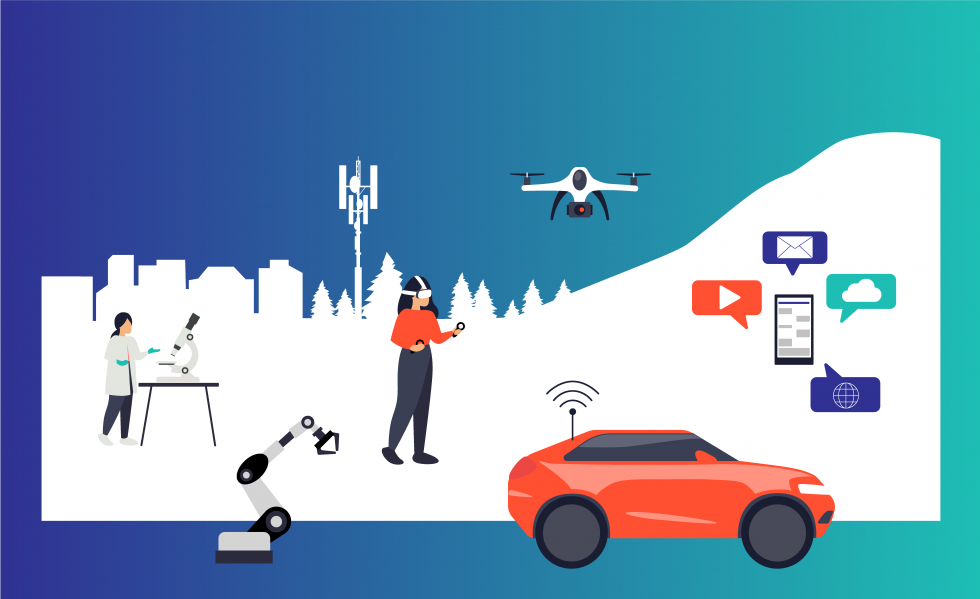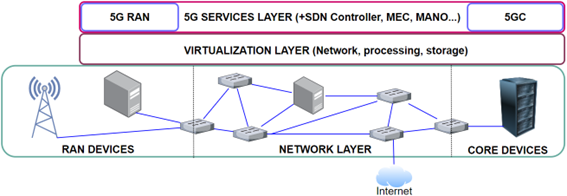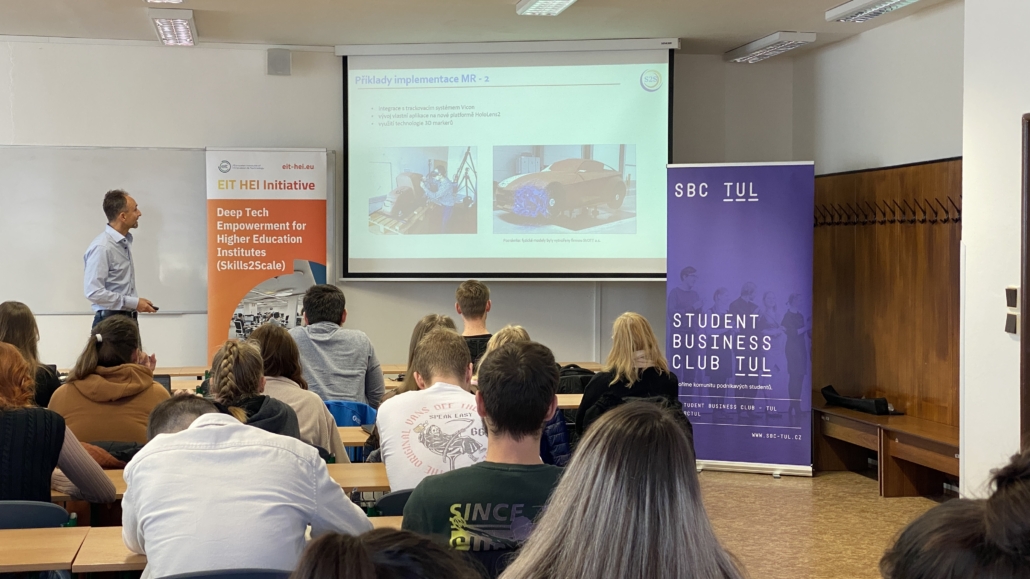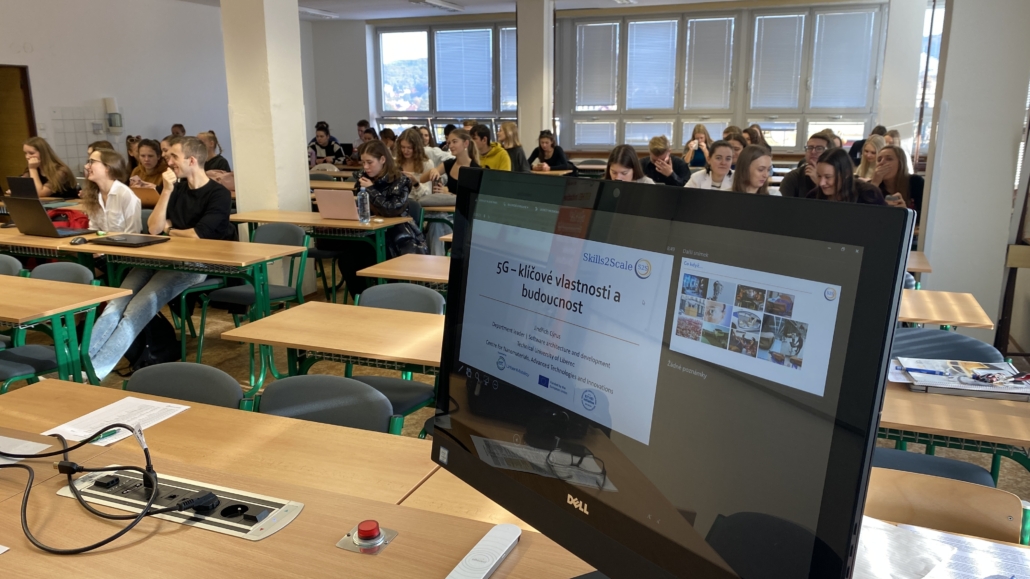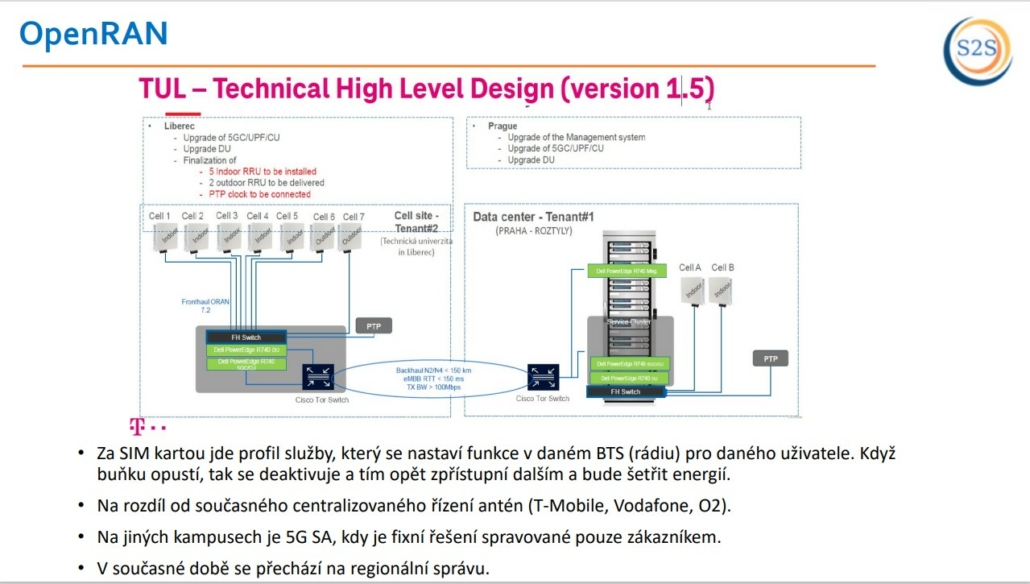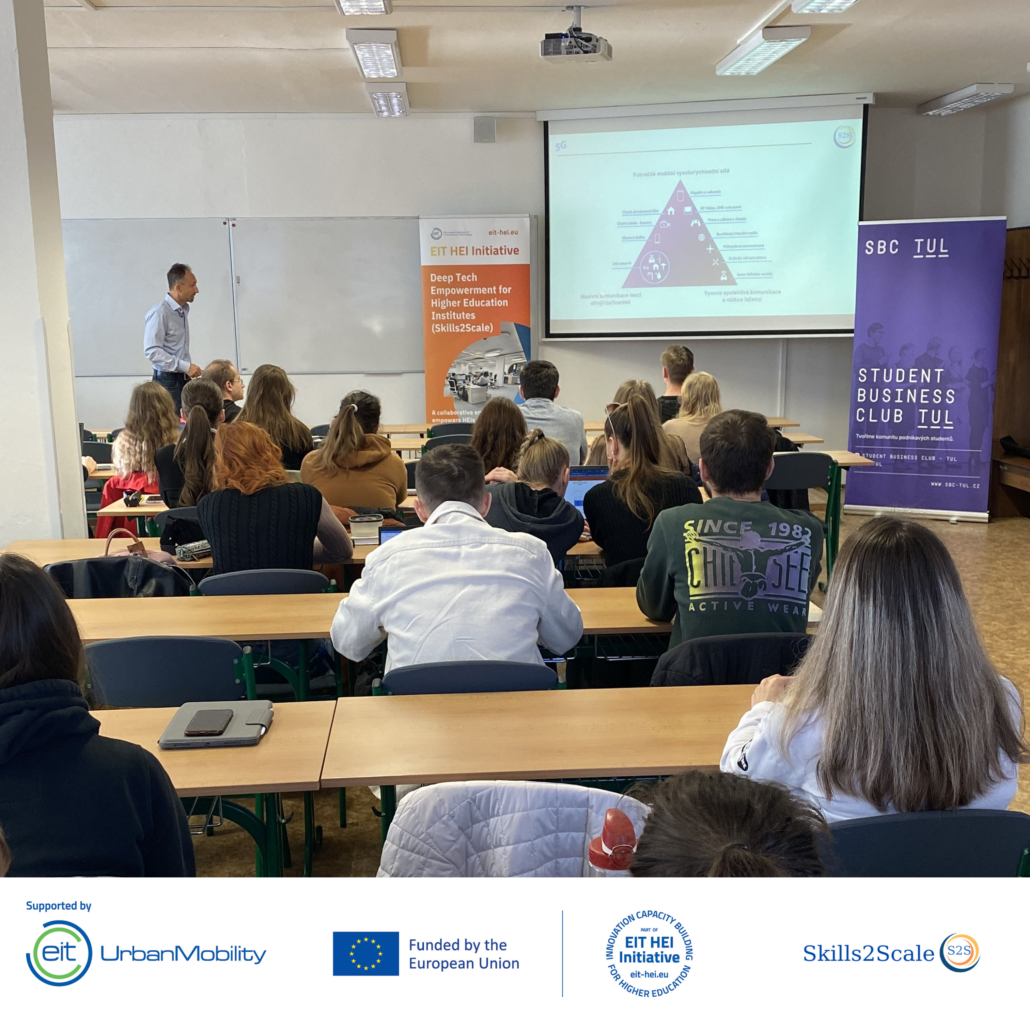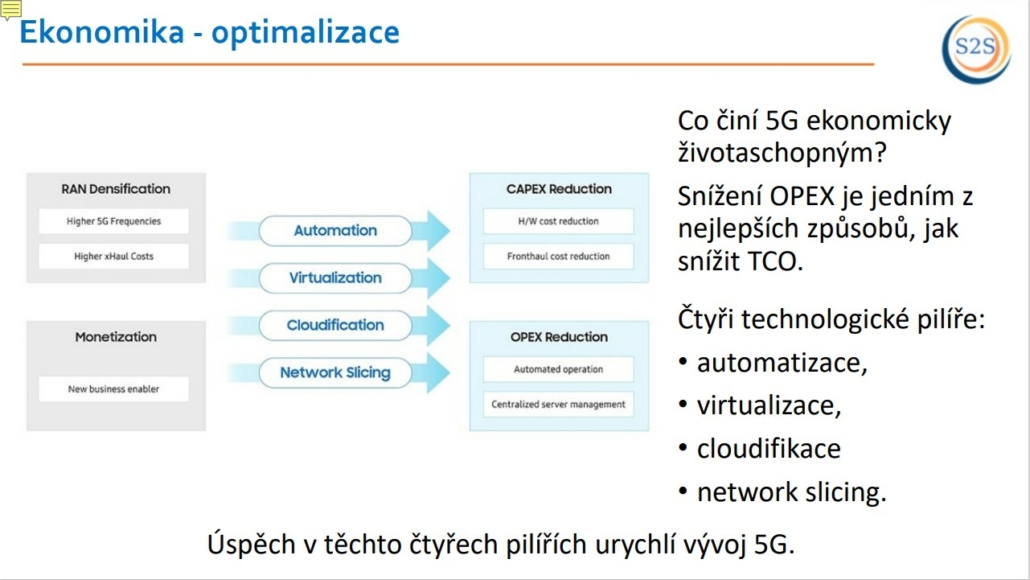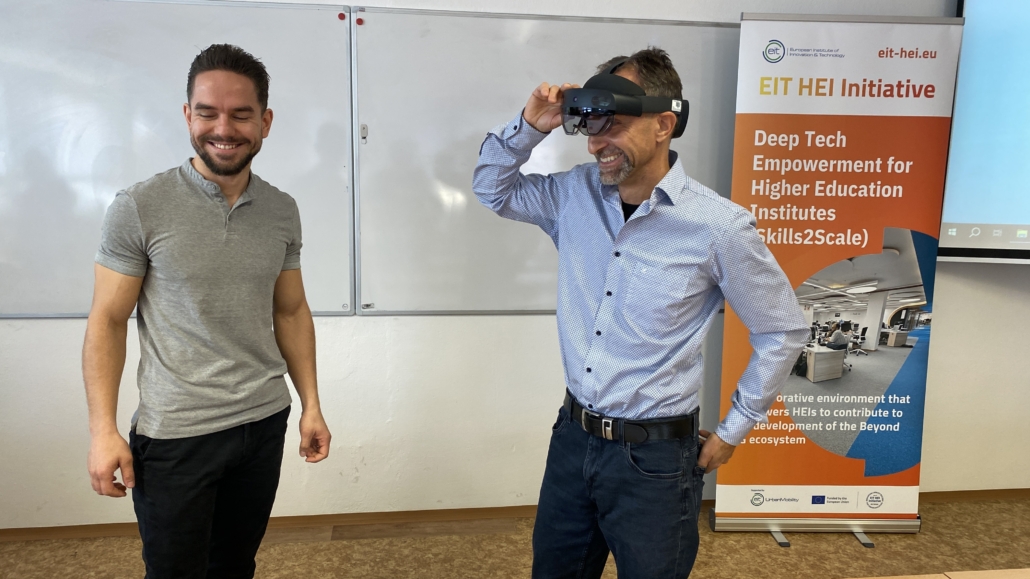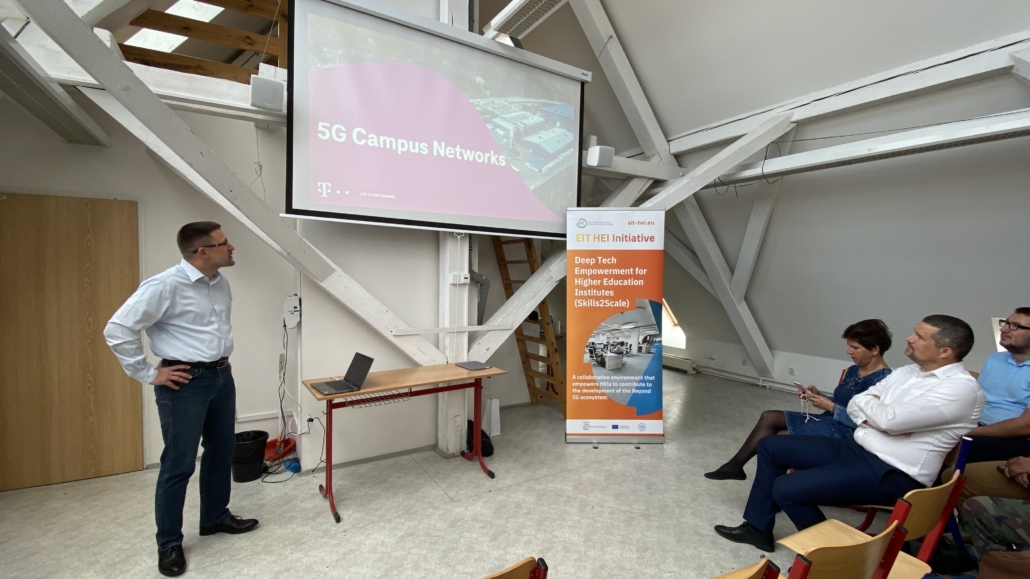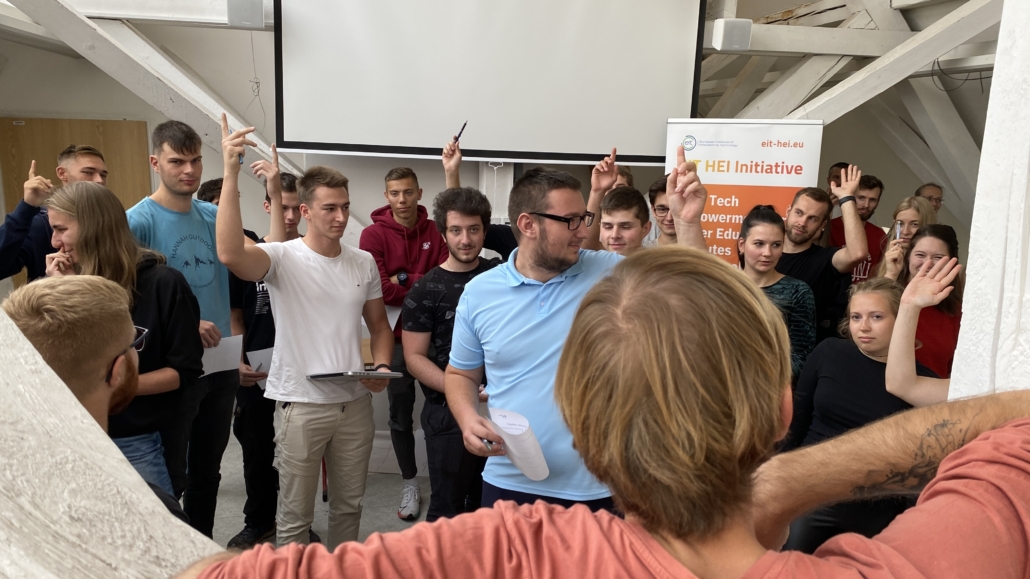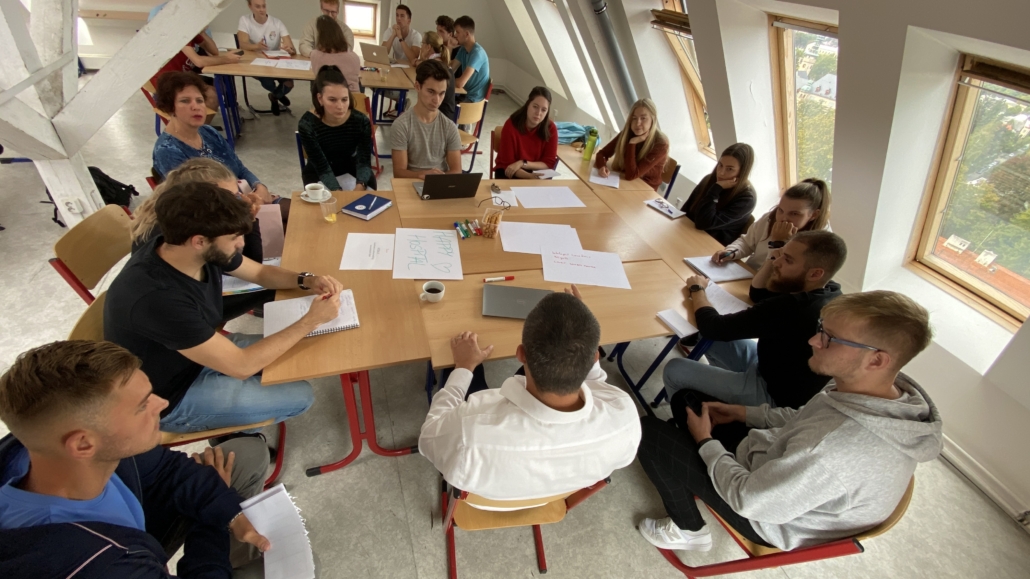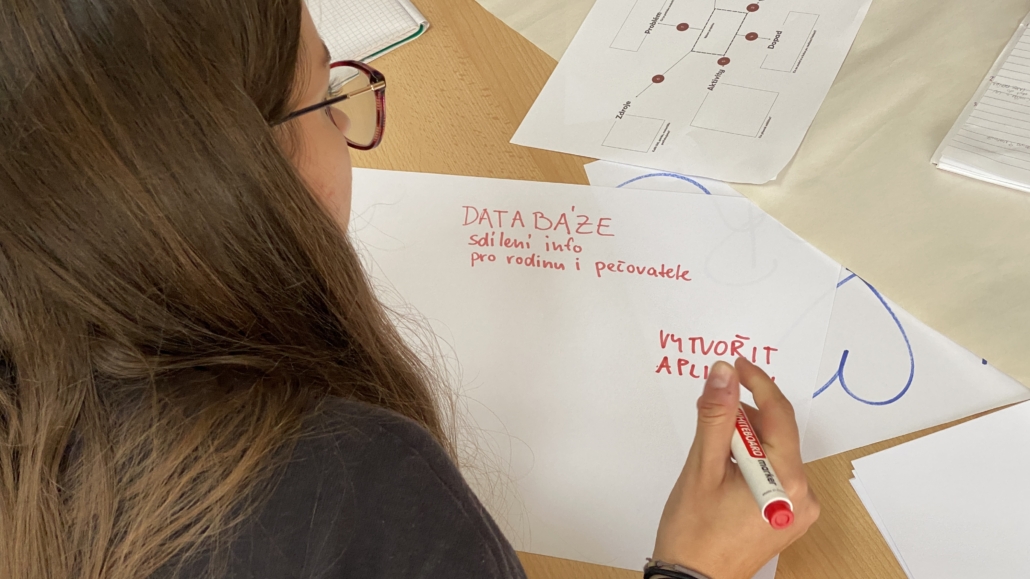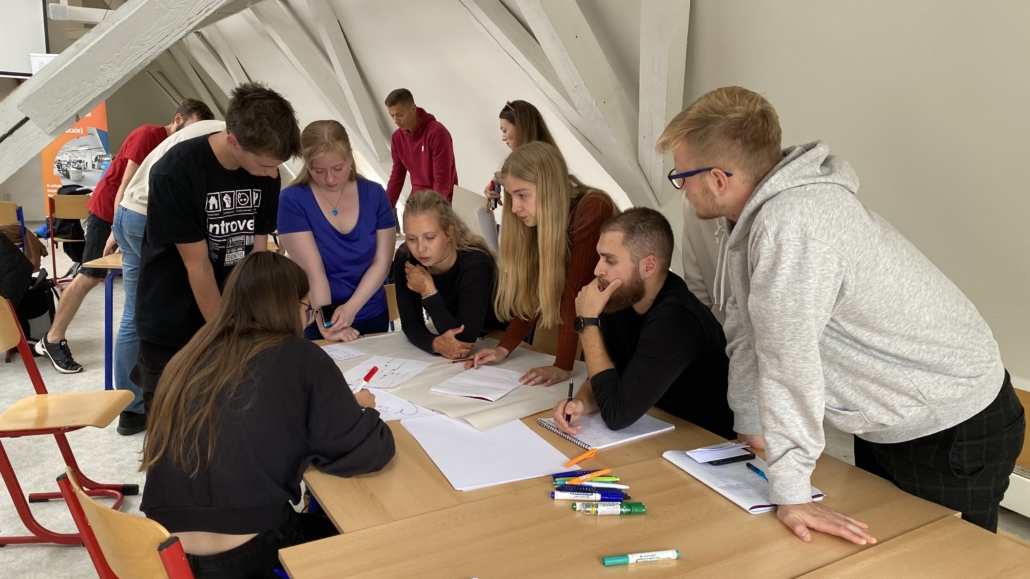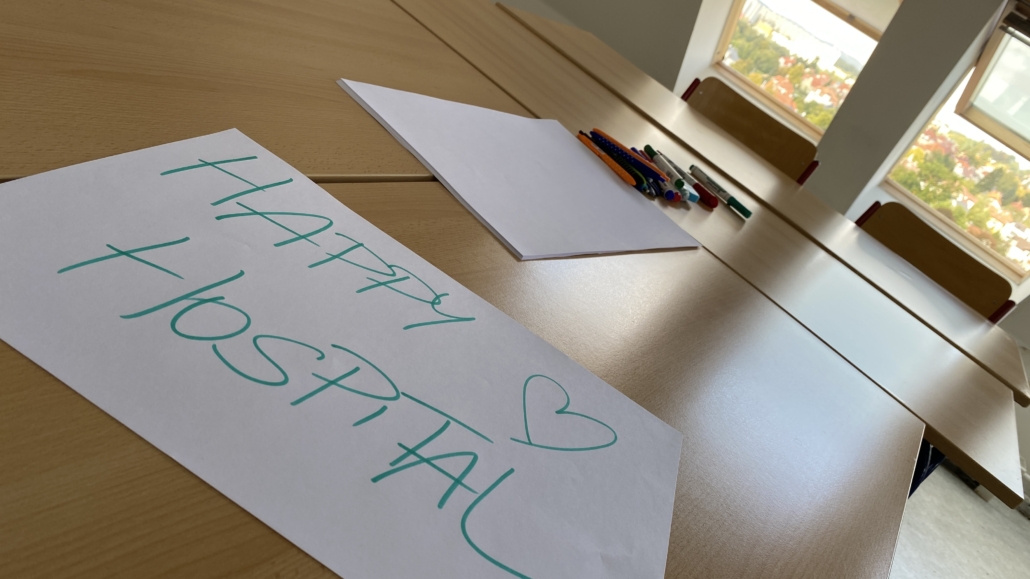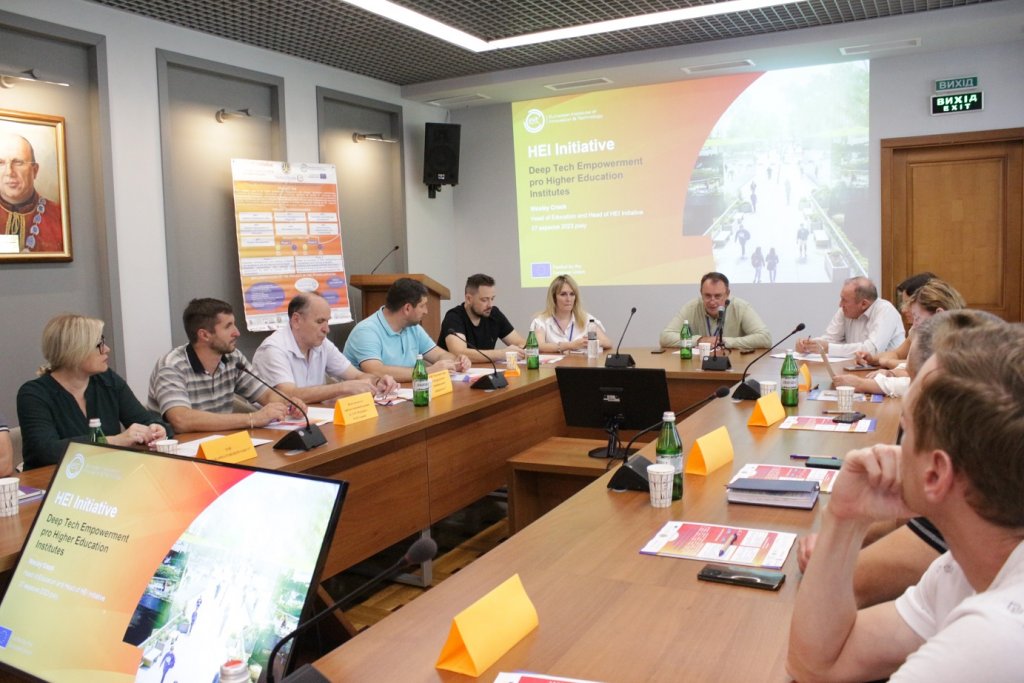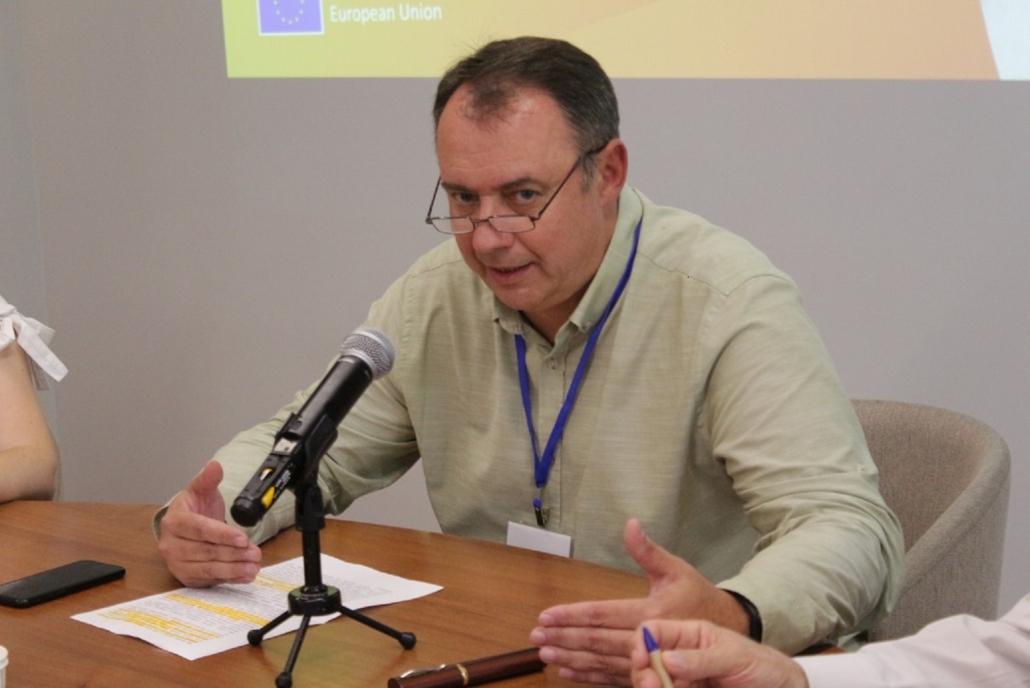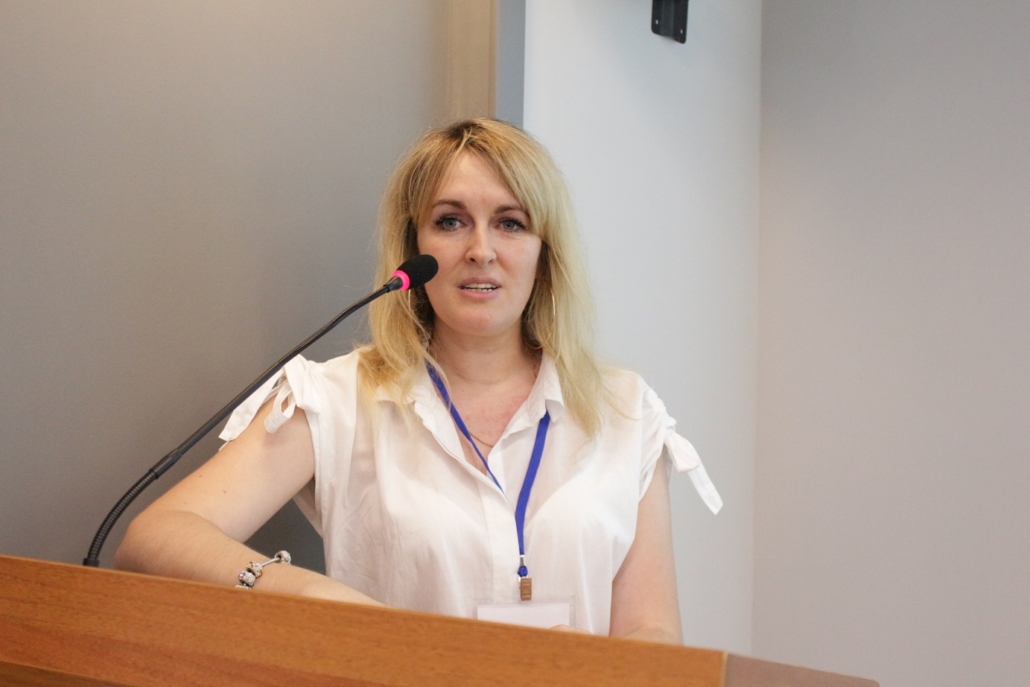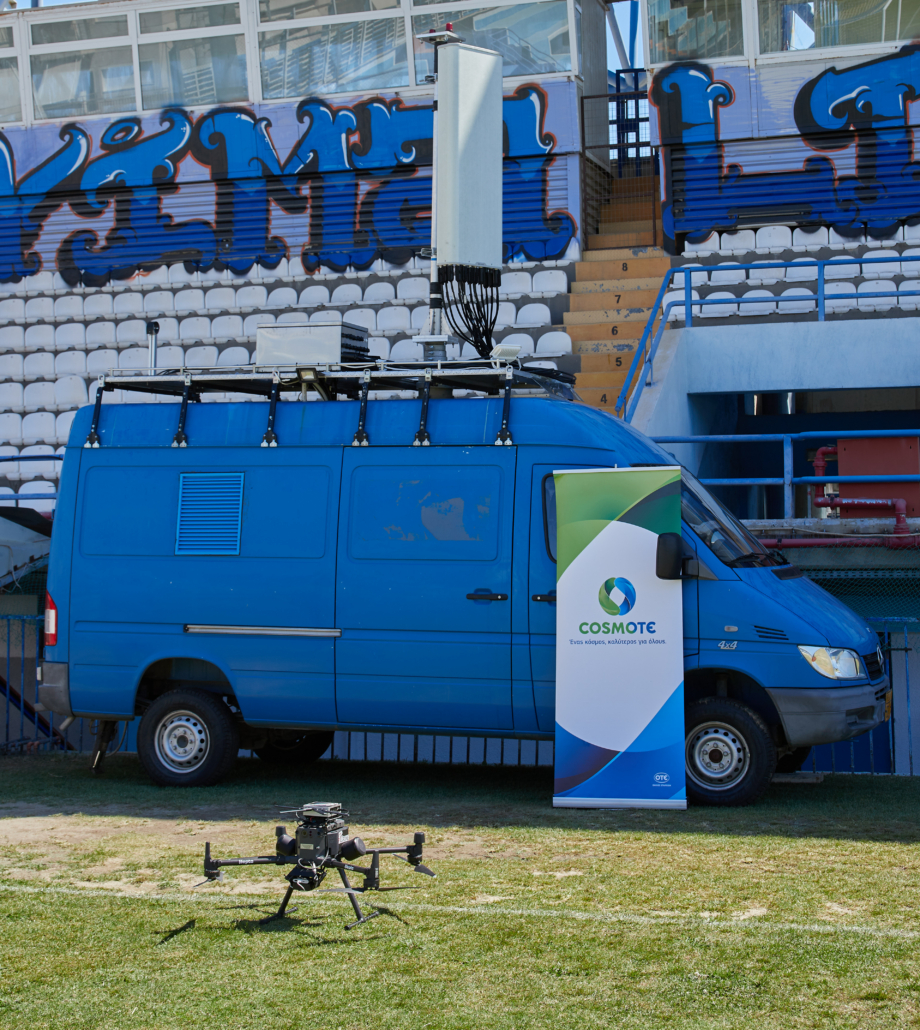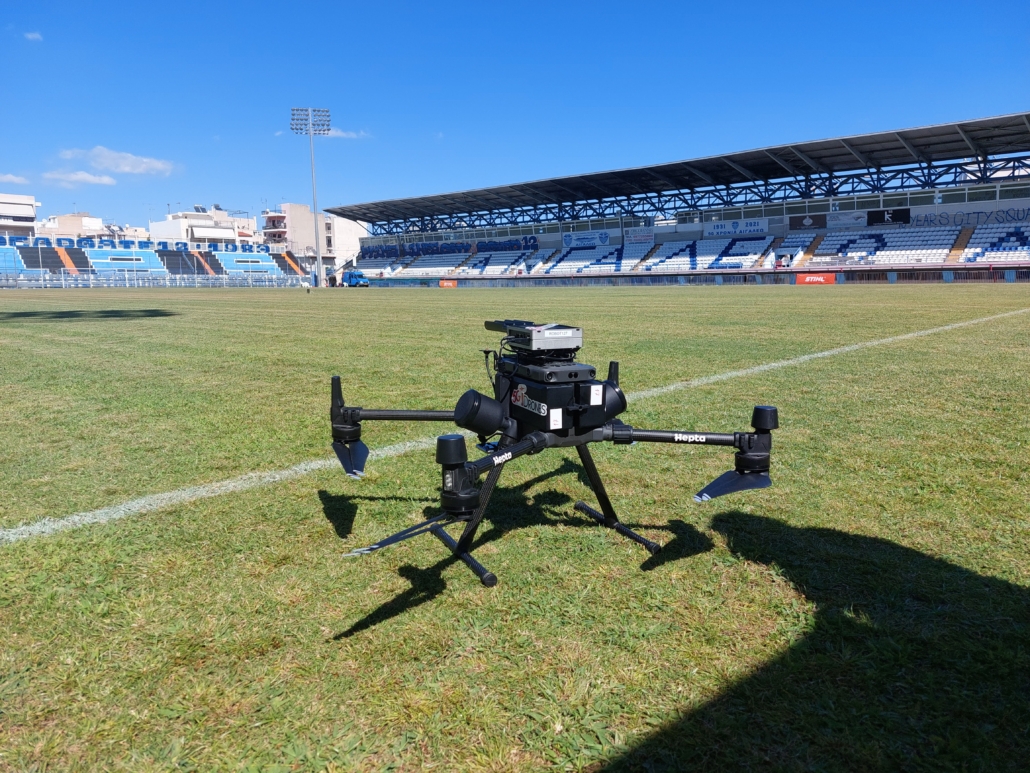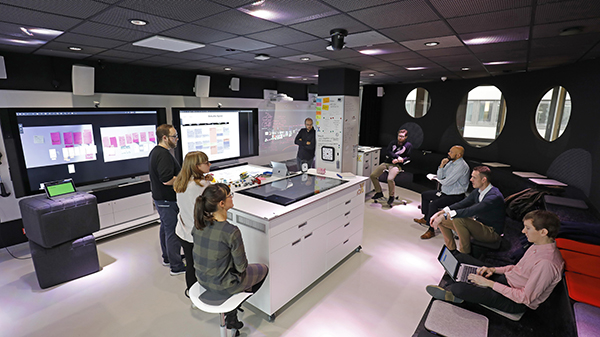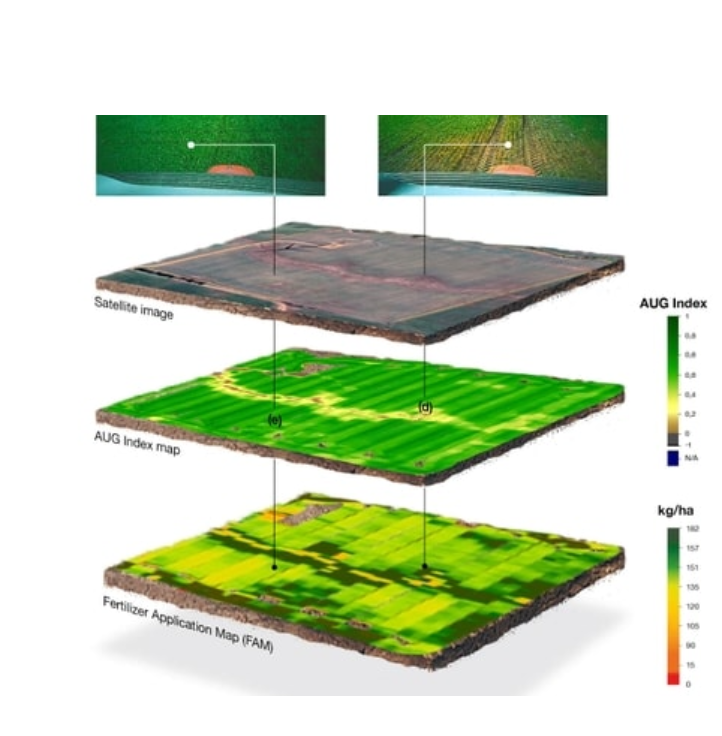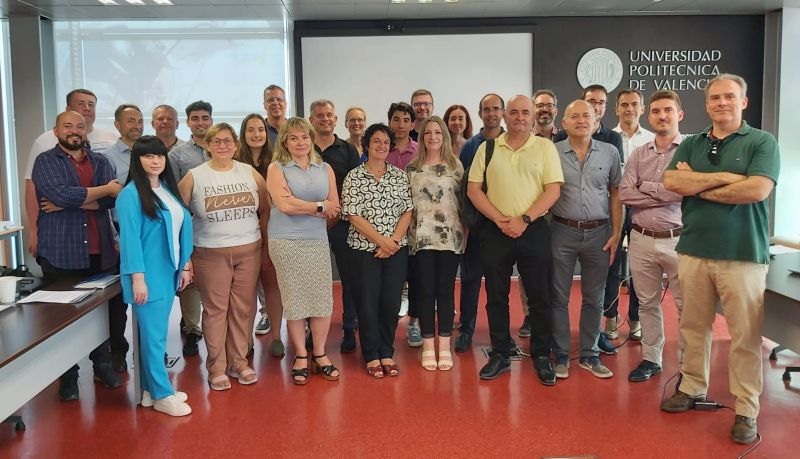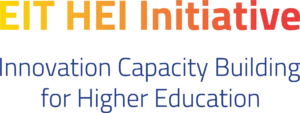UzhNU Startup Center
Authors: Tetiana Babuka, Kateryna Skubenych (Uzhhorod National University)
The Uzhhorod National University hosts the “UzhNU Startup Center,” which actively fosters the development of economic thinking, communication and leadership skills, management abilities, and entrepreneurial activities among its students, postgraduates, and young scholars. Annually, the “UzhNU Startup Center” organizes the “UzhNU Startup Innovation Ideas Competition,” in which participants from various university faculties actively engage. Students, postgraduates, and young scholars have the opportunity to develop innovative startup projects under the guidance of highly qualified experts and receive professional support and guidance at various stages of startup project development.
The UzhNU Startup Center facilitates the comprehensive development of students, postgraduates, and young researchers by equipping them with advanced knowledge on launching their innovative businesses. They gain skills in managing startup projects through successful case studies, acquire in-depth professional insights into startup market marketing, and have the opportunity to acquire the necessary knowledge and practical skills when preparing project presentations (pitches and presentations). Additionally, they learn to assess startup projects and create business plans. The “UzhNU Startup Center” offers qualified assistance in patenting scientific and technical achievements and aids authors in registering inventions, utility models, and industrial designs. This accelerates the development of innovations and the commercialization of scientific and technical developments in the region.
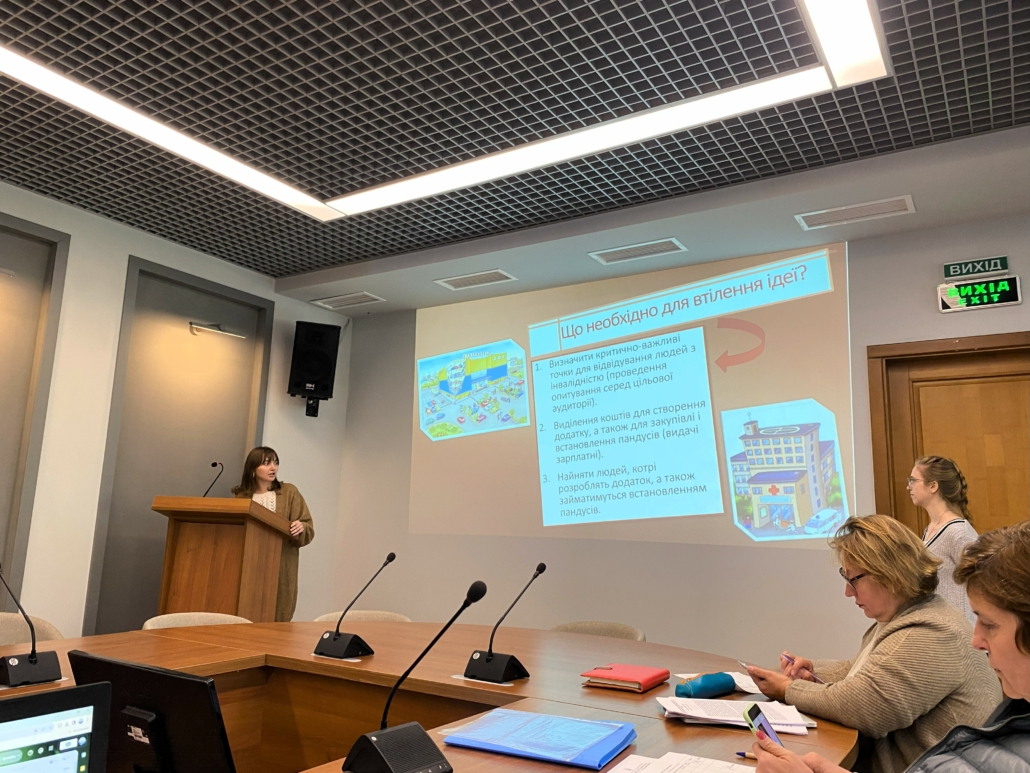
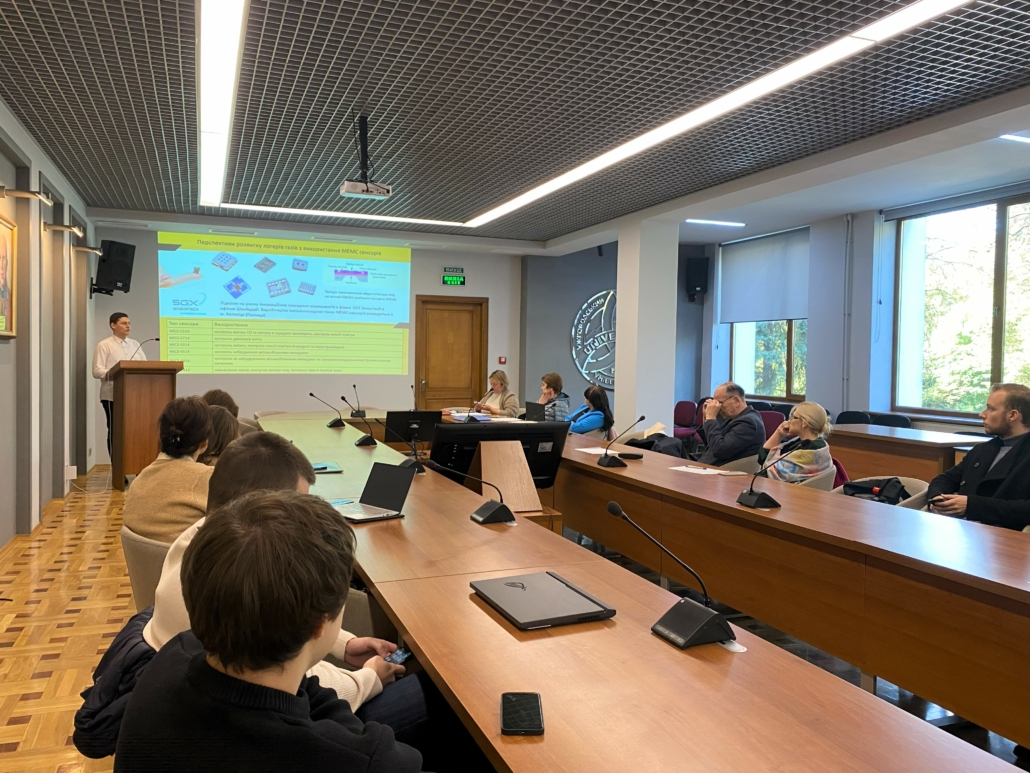
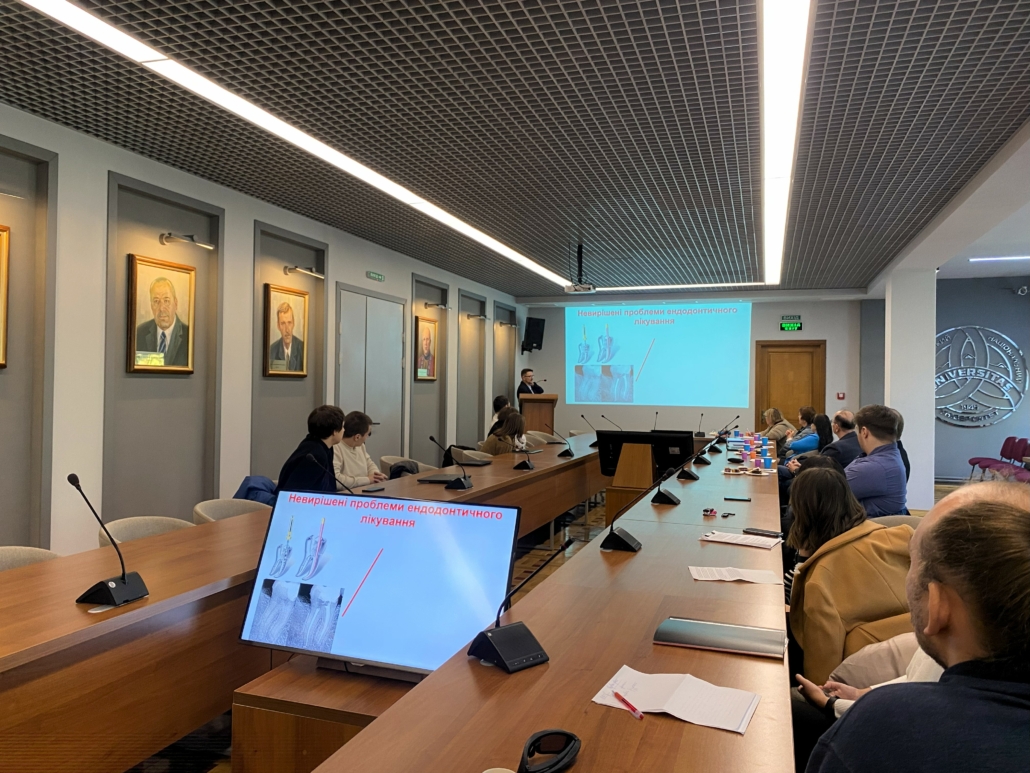

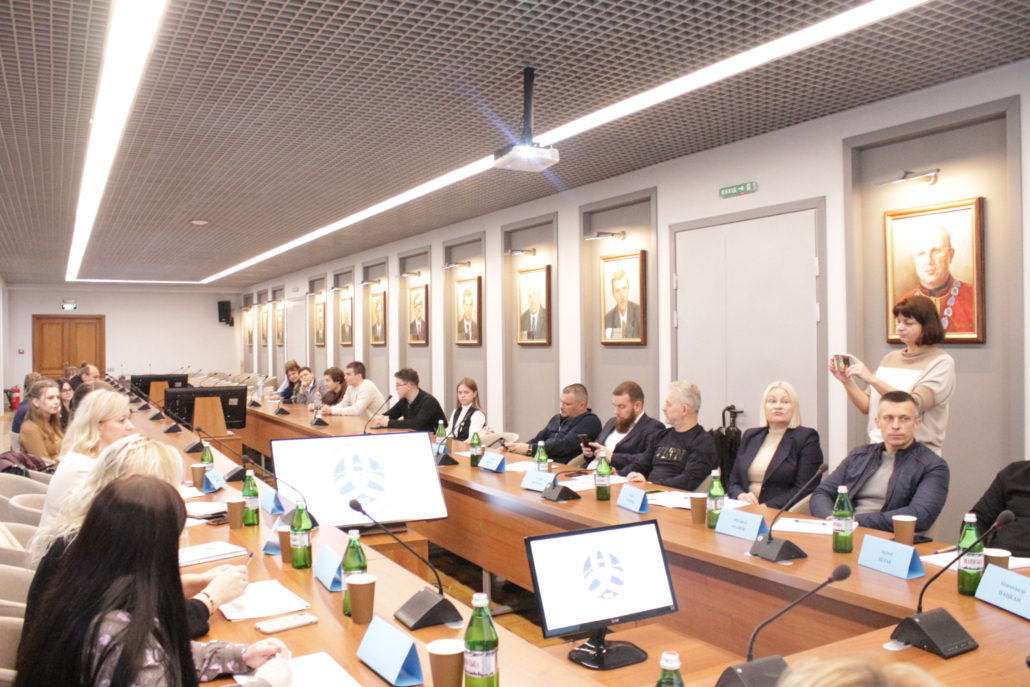
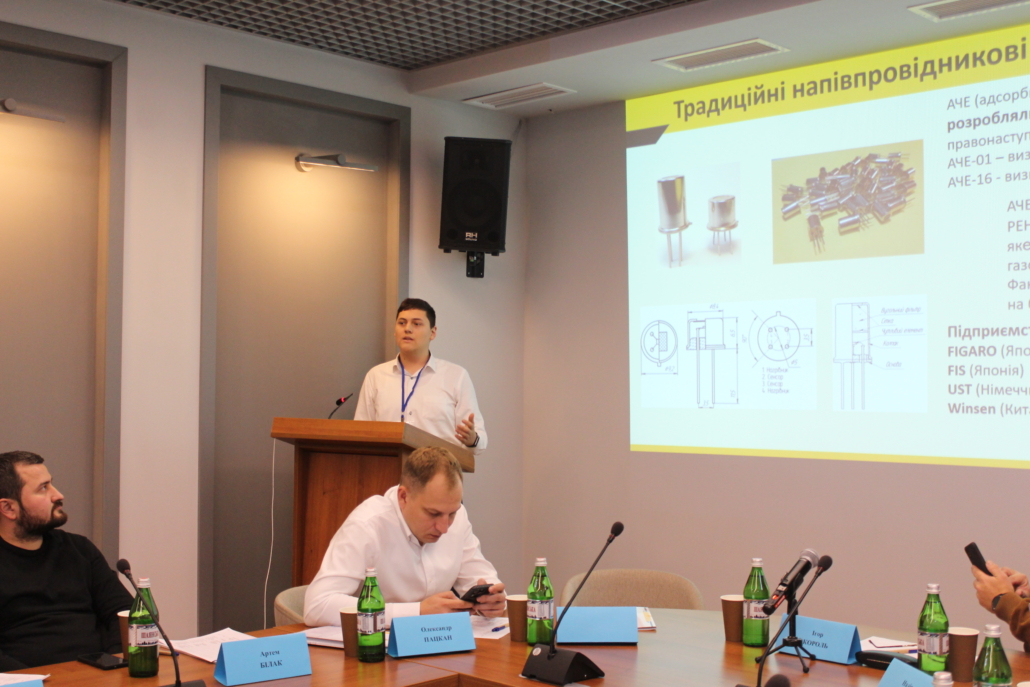
The primary tasks and functions of the “UzhNU Startup Center” include:
- Engaging university experts, faculty members, business representatives, and influential civic organizations in implementing initiatives that foster intellectual and creative collaboration among students and researchers in the development of innovative startup projects utilizing modern information technologies.
- Identifying opportunities for establishing partnerships with organizations, scientific-methodological and information centers, offering consultations, and facilitating cooperation regarding access to educational materials, software, and developments.
- Creating a conductive environment for experimental research.
- Providing technical and programmatic information technology resources for collaborative work among startup teams, fostering the formation and development of business skills.
- Organizing regular training sessions, off-site conferences, seminars, and scientific picnics to showcase practical applications of developments.
- Offering informational and legal support during the execution of the strategic activities at the relevant levels.
- Organizing and conducting an annual “UzhNU Startup Competition” for students, postgraduates, and researchers to showcase innovative ideas.

